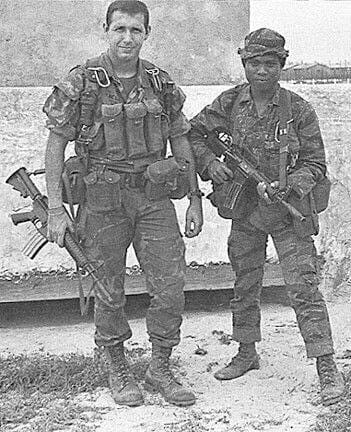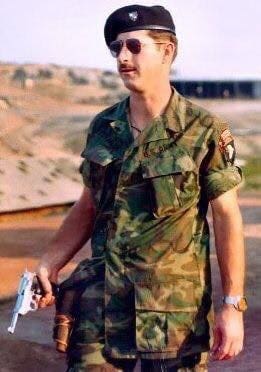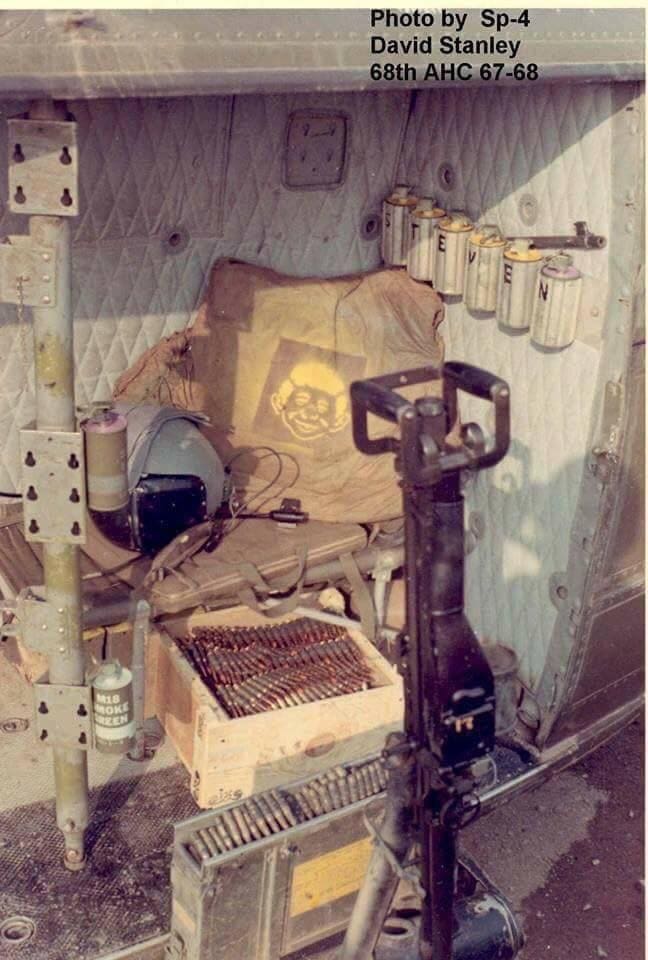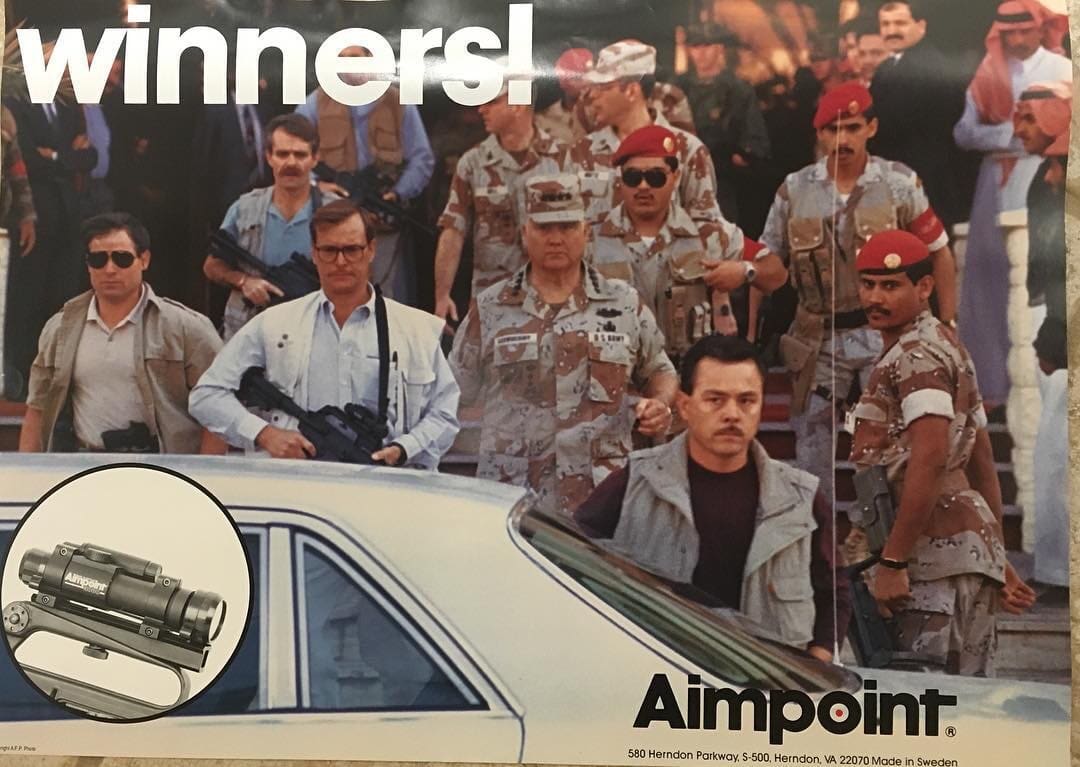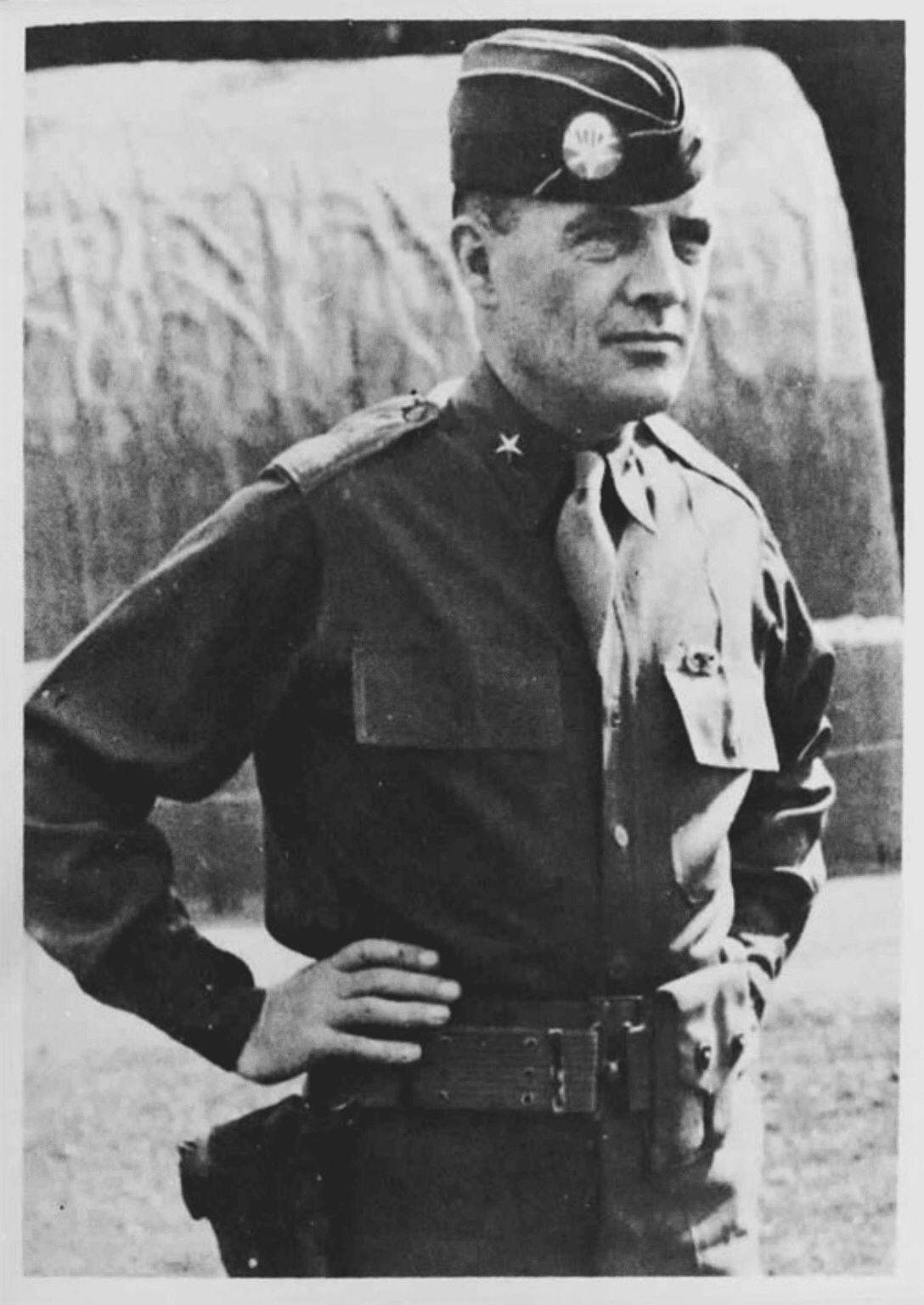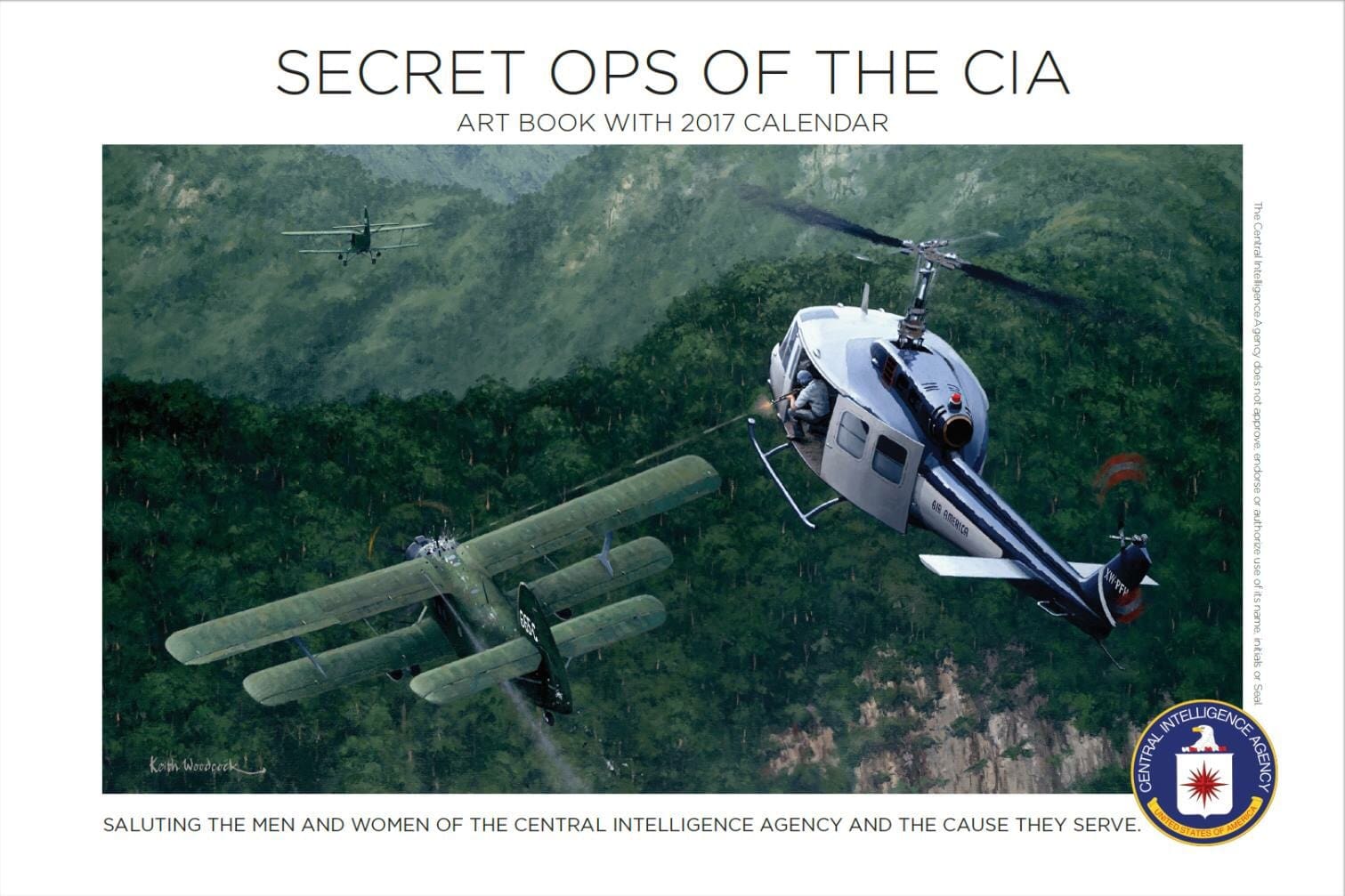Reproductions of vintage military equipment is serious business with some selling for as much as the originals. For reenactors, reproductions are more desirable than original artifacts due to their fragility and scarcity. Additionally, orginal clothing and equipment is often only available in smaller sizes. If you wear larger sizes and want to actually wear these items, from any era, reproductions are your best bet.
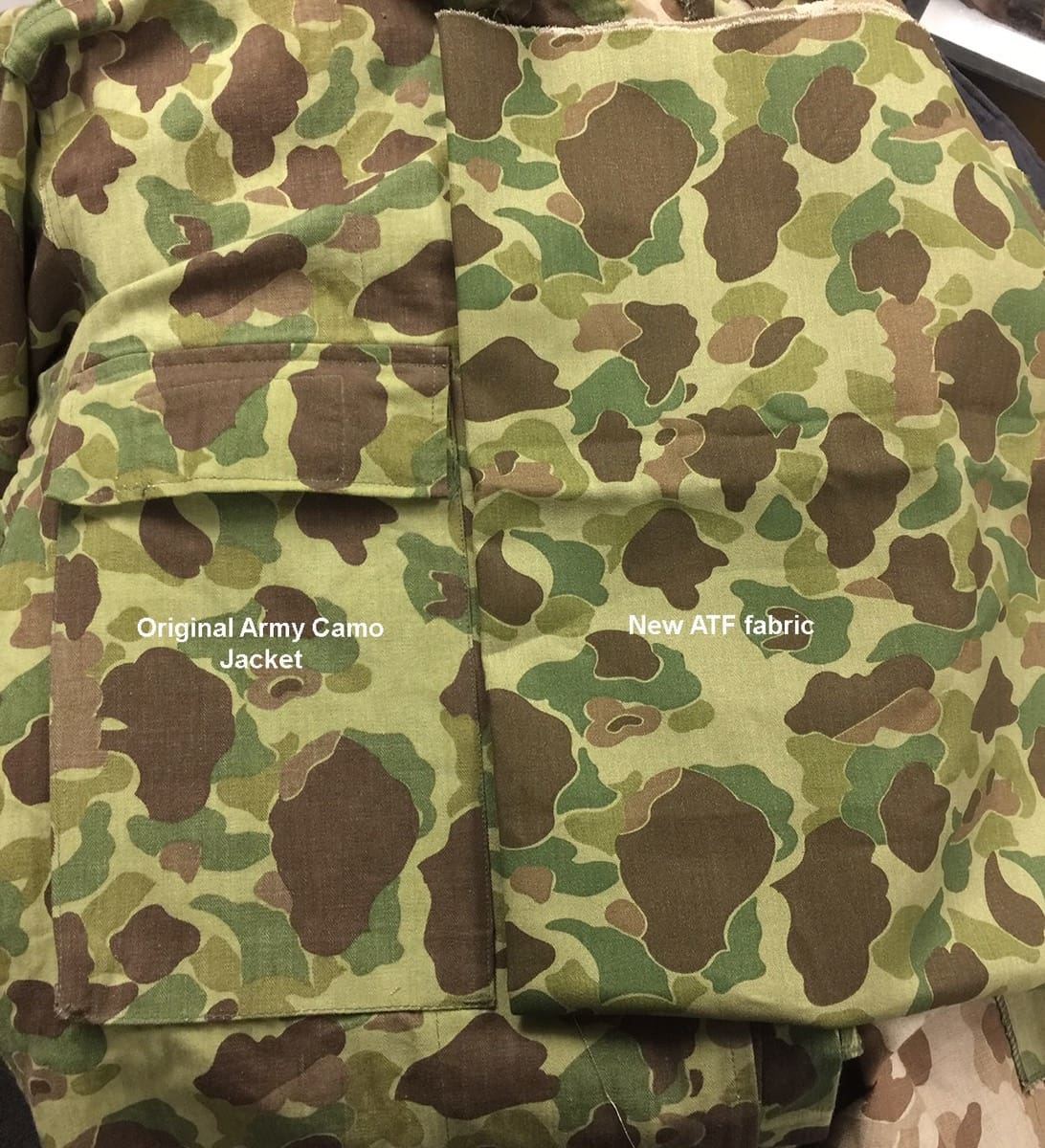
They expect reproduction uniforms in the Spring. The long pole in the tent was getting the print right for the pattern. I find project is interesting considering the Army only wore camouflage uniforms in the ETO for a few months in 1944 before they were withdrawn from service as they were being mistaken for Germans. On a side note, At The Front sells fabric for those interested in getting some custom kit made up.
I love this comment from At The Front, “Go ahead and bitch because “it ain’t khakee enuff…”. Write a snivel letter to the War Department.” They went on to say:
The fabric for Army Camo uniforms is done. Comparison is with a mint, unissued jacket. US Camo Trivia: I discovered in the past 5 minutes that the repeat (roller sizes) on US camo are just as kookie as German. Our print is 12.25″, and among seven original garments I found 12.25″, 13.25″, 14″, 14.5″ and 15″. All are unissued so shrinkage isn’t an issue. The artwork remains the same (nothing added or removed) but the entire pattern varies by about 10% in size. And there are nearly as many shade variations as there are with Natzee stuff.
Warning: At The Front offers original and reproduction militaria from the WWII-era. If you are sensitive to history and the existence of Nazi Germany as well as any artifacts from that period, pass the site by.
atthefront.com


